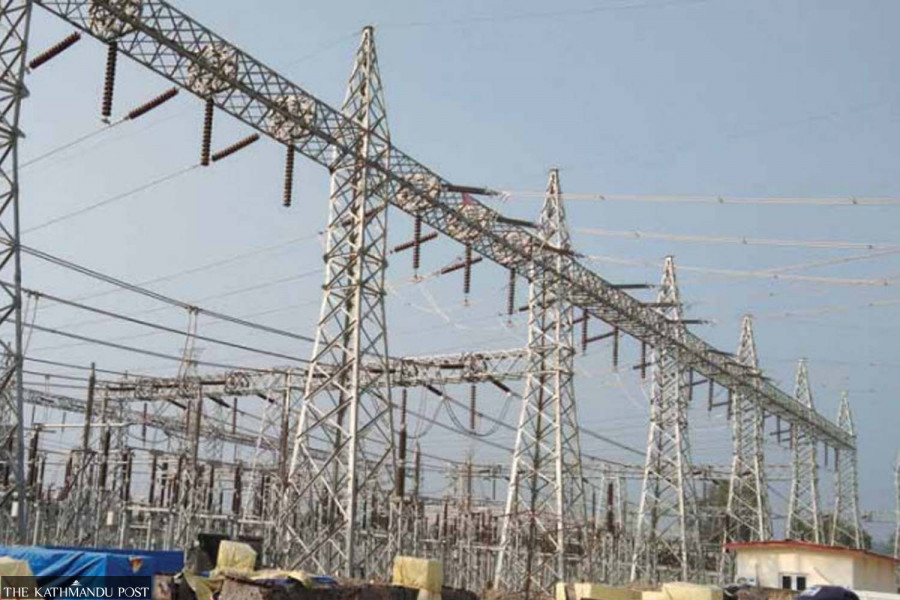National
Nepal allowed to export another 43.65 MW to India
Earlier, Nepal was permitted to sell up to 408 MW and the new addition has taken the total to over 450 MW.
Post Report
Nepal can now export more than 450 megawatts (MW) of electricity to India with the southern neighbour agreeing to buy the power generated by two more hydropower projects in Nepal.
The Nepal Electricity Authority (NEA) said on Tuesday that India has agreed to buy the power generated by two additional projects— Kabeli B 1 (24.25MW) and Lower Modi (19.4MW).
Nepal, at the moment, has stopped exporting power due to the reduced production in the country, but it will be able to sell more when it resumes export to India in the upcoming wet season.
“Now, the country will be able to sell 452.6MW of electricity generated from 10 hydropower projects in India,” the power utility body said, in a press statement.
NEA Managing Director Kul Man Ghising said that India has been giving approvals to power projects on a gradual basis. “We have sought export approval for 600 MW, but the Indian authority has been granting approvals gradually,” he said.
Earlier, Nepal was allowed to sell up to 408 MW of electricity in the Indian market from eight projects.
Since India first allowed Nepal’s power projects to sell in the Indian market in November last year, Nepal has exported power worth over R12 billion.
Since the NEA resumed exporting power in early June this year, it has been able to earn Rs11.16 billion from power trade, according to the NEA.
During a visit to India by a Nepali delegation to take part in South Asia (BBIN) Power Summit on grid connectivity organised by the Confederation of Indian Industries (CII) on December 16, Indian officials notified that work is in progress to approve more Nepali projects with a combined capacity of 150MW.
Ashish Garg, vice-president of the Independent Power Producers’ Association of Nepal, said officials from the Central Electricity Authority of India have notified that the approval process for an additional 150MW was underway.
But due to delays in getting approval to sell more electricity, the NEA faced the spillage of energy during the wet season this year.
The NEA has projected there would be an addition of 705MW to the country’s power system by the end of the current fiscal year 2022-23. Currently, Nepal’s power projects have an installed capacity of over 2,200MW.
So, the power producers say that Nepal needs to either boost domestic demand for its electricity or sell more to India in the next wet season to ensure power does not go to waste.
Meanwhile, Nepal has been decreasing the volume of power imports from India amid a gradual rise in production. The total energy imported from India was 1,543 gigawatt-hours in the fiscal 2021-22 as compared to 2,806-gigawatt-hours in the fiscal 2020-21, which is a decrease of 45.01 percent, according to the annual NEA report.
The net import of electricity after the deduction of exports was 1,050 gigawatt-hours, which accounts for only 9.49 percent of the total available electricity in fiscal 2021-22.
Ghising, the managing director of the NEA, said earlier the country might have had to import power for four months. “But unlike in the past years, the imports this year will be lower than our exports. We will be a net exporter of power in terms of both volume of energy and earnings.”




 6.73°C Kathmandu
6.73°C Kathmandu









%20(1).jpg&w=300&height=200)




